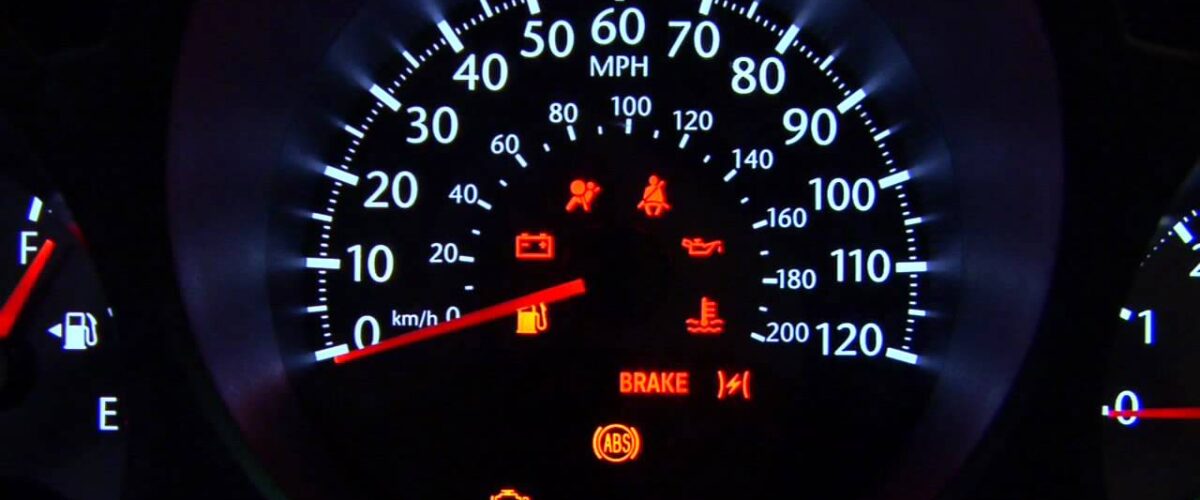61. Fix Leaks Quickly
As long as you drive your car, your exhaust system will be exposed to intense vibration, high pressure, and too much heat. The likely outcome is a recipe perfect for leaks. The source of the leakage could be anywhere – from the exhaust manifold, gasket to the pipe. Whatever the root causes, make sure you fix those leaks as quickly as possible.
Power Steering System
An excellent power steering system is vital to controlling your vehicle. On the other hand, a faulty power steering system will not only make it harder to control your vehicle but it may also cause imbalance on your tires. The antidote? Read and learn.
62. Keep Fluid Clean And Full

For the power steering to be effective, it needs power steering fluid. However, if the fluid isn’t kept clean and full consistently, you will have some major problems. The only way you can lose power steering fluid is through leaks and if you suspect anything, inspection won’t hurt. Also, be careful not to contaminate the fluid.
63. Inspect And Replace Pump When Necessary
There is a hydraulic pump that injects the fluid through the power steering system. In the event that the pump backfires, the power steering system won’t be lubricated. Well, you can have the pump inspected during a maintenance check just to be sure if everything is okay.
64. Inspect Hoses
If your power steering system isn’t properly lubricated and the pump isn’t the cause, then it could be the hoses. That’s because the hoses cover the same functionality of aiding the fluid flow through the system – almost as the hydraulic pump but not exactly. Similarly, the inspect hoses can wear out and regular inspection is a good idea.
65. Watch Out For Symptoms Of Failure

A power steering failure is very serious and if left ignored, it may cause an accident. The good news is you can fix it before it gets too far. Just watch out for some of these symptoms; tight steering grip, difficult steering maneuver, and noises when turning. Don’t wait for divine intervention if you notice any of those symptoms but instead, book an appointment with a specialist.
Suspension System
Ever traveled on rough terrain and when you hit the bumps even at a slow speed, you feel like there is an earthquake? Yet, you could swear it wasn’t always like that when the car was new. You can probably tell there is an underlying problem because you’ve driven other cars and the shock wave doesn’t knock your socks off.
What to do? It’s time to do a thorough check up on your suspension system since it is designed to absorb vibrations and other impact forces when you hit the road. Now, pay closer attention.
66. Do A Thorough Inspection Of The Suspension System

The suspension system needs to be inspected after every 50,000 miles. Alternatively, you can inspect it every time you schedule an oil change or replace your tires. Remember, the suspension system is very broad and it doesn’t just include the shock absorbers and struts but also the linkages, steering system, springs, bearings, and tires.
67. Inspect The Rubber Bushings
The bushings are usually cushioned with rubber to absorb vibrations and regulate movement between the suspension parts. Unfortunately, the rubber can get exhausted after a long period of time thus affecting the overall performance. If it happens, the most prone areas you should inspect are the struts rods, track bars, sway bars and control rods.
68. Watch Out For Visible Signs Of Cracks, Swelling And Oil Contamination
Okay, checking the suspension parts for signs of swelling, contamination or cracks can be challenging for a beginner. If it isn’t your forte, you can schedule an appointment with a mechanic.
However, if you don’t mind doing it yourself, you have to go under your car to give a closer look to the shock absorbers and springs. Don’t forget the hydraulic system, linkages, bearings, joints, and the wheels. Basically, all the parts that make up the suspension system.
69. Get Rid Of Debris Or Oil Contamination On Rubber Bushing
The rubber bushing doesn’t need oil for lubrication. In fact, oil is the most frequent trigger of rubbing bushing failure followed closely by debris and age causes. Usually, when the rubber bushing is exposed to oil it becomes too soft to do its job, while the debris prompts wear and tear. You can clean the oil and debris off the rubber bushing using a degreaser.
70. Check The Ball Joints

There are two methods of checking the ball joints. The first method is easy and you don’t have to get your hands dirty; just hit the road and if you hear any banging sounds when driving or feel the steering wheel stray or vibrating too much, then you’ve likely got a suspension ball joints problem.
The second method involves jacking up the car, removing the wheels and closely examining the ball joints. When inspecting the ball joints, you have to watch out for signs of grease leakage, rust, damaged rubber boots or anything that indicates you need a replacement. Moreover, you can check if the ball joints are loose by using a pry bar.

